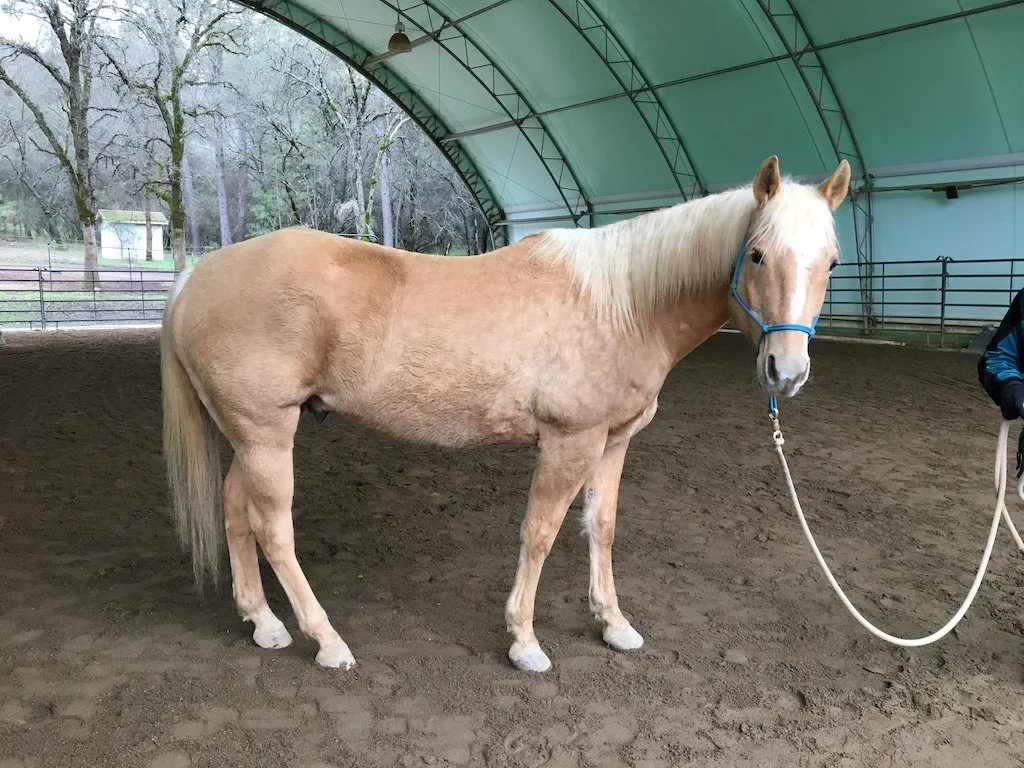Sticky stifles
On image A we can see the patella in a neutral position, and image B shows the locking mechanism in action. This mechanism allows the horse to use minimal muscular effort while standing.
I love the term sticky stifles. For some reason, it just sounds good. Another reason I like the term is because it’s one of the »easier« issues to deal with. I hesitate to use the term easier because there really is nothing easy about the many issues a horse's body usually has along with sticky stifles, but let's pretend life is simple for once. The proper term for sticky stifles or locking stifles is the intermittent upward fixation of the patella and it occurs when the medial patellar ligament remains unintentionally hooked over the ridge of the femur, which locks the limb in extension.
Essentially, the horse's kneecap gets »stuck« every time he takes a step. It can get stuck in a very obvious manner, or it can be barely noticeable. In either case, it means that the oh-so-very complex stifle joint is not balanced, which is never good news and can cause issues down the line. The easiest way to spot this issue when it's less obvious is to observe the hock. In horses with sticky stifles, the hock will do a little jiggle with every step. Not a wobble, or a rotation, just a tiny jiggle. Although you can see it in walk, it is more obvious in trot.
An unbalanced hind end often goes hand in hand with sticky stifles.
The standard recipe for fixing sticky stifles is strengthening the hind end, specifically the quadriceps muscle group to provide better stabilization of the stifle. Many people go about doing this by adding hill work to their training regime, practice backing up, include more transitions, and so on. This is all well and good, but there is another component we need to address if we want this to work. In 90% of the horses with sticky stifles I work with, I find a tight groin. Usually, this is accompanied by tight hamstrings as well. So, if we ask a horse with overdeveloped hamstrings and an underdeveloped quadriceps to do exercises that are meant to strengthen the hind end, he might end up using those hamstrings even more. Very often this is because a tight groin and tight hamstrings don't allow for the range of movement the horse requires to actually activate the quadriceps. The approach to sticky stifles should always be two-fold. First, we need to restore the range of motion in the hind end by releasing the soft tissue tightness. And second, we need to implement a gentle (!) strengthening regime to evenly develop muscles and restore hind end function.


